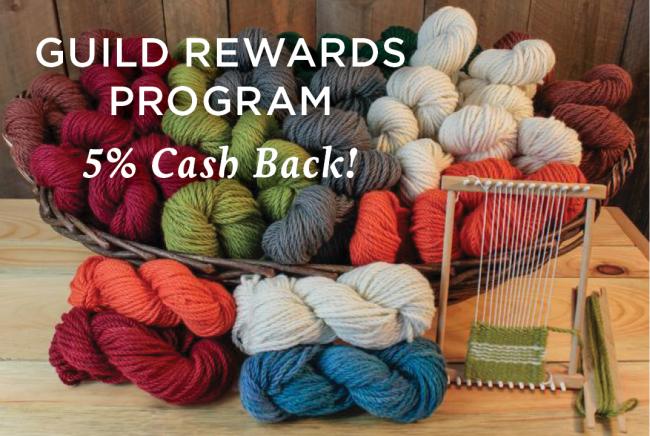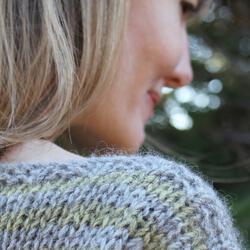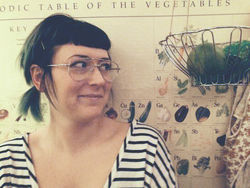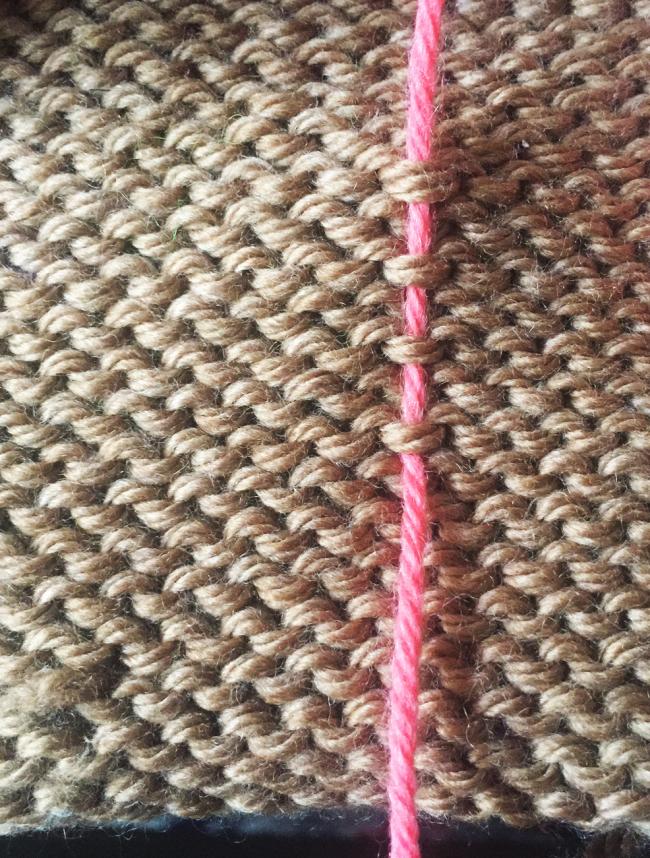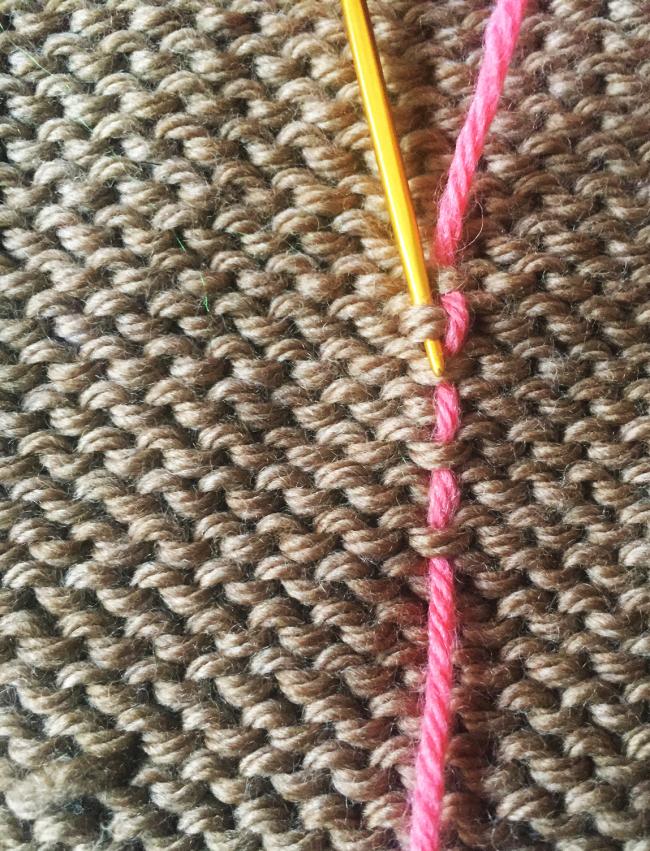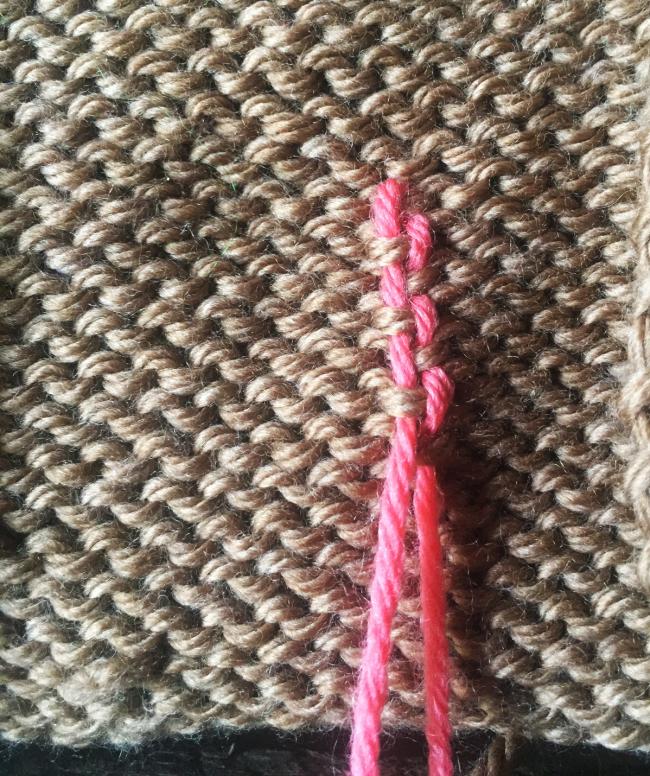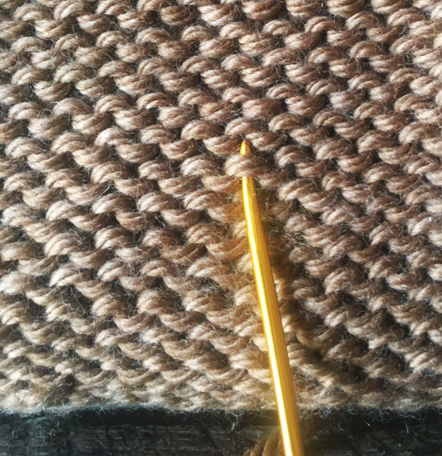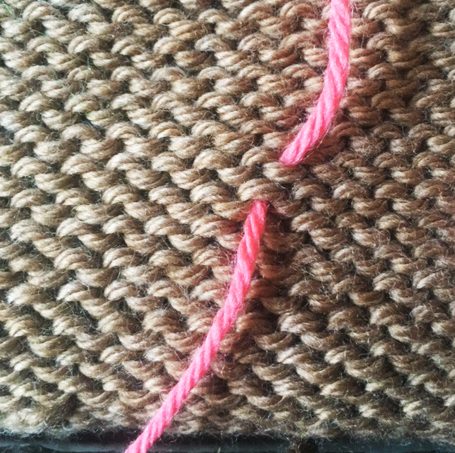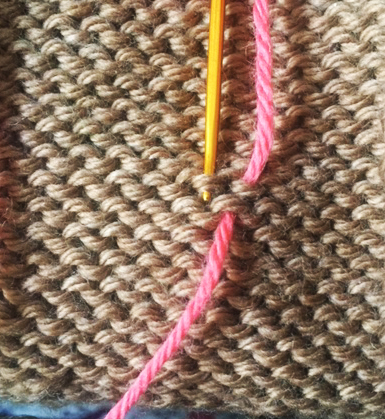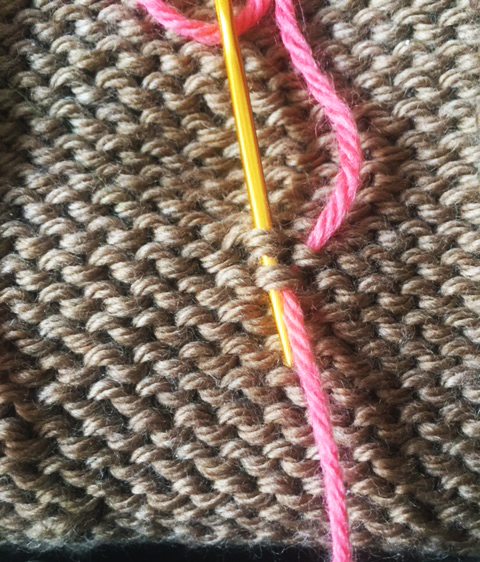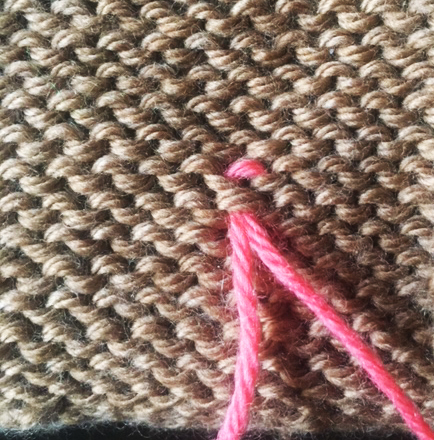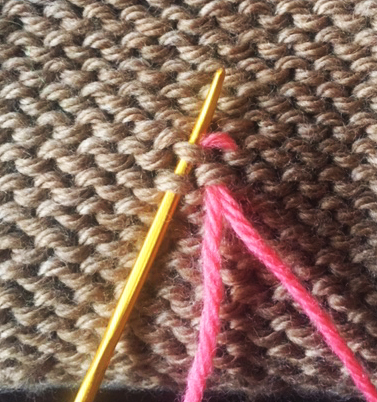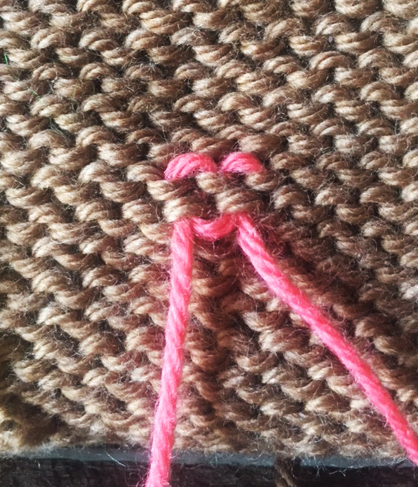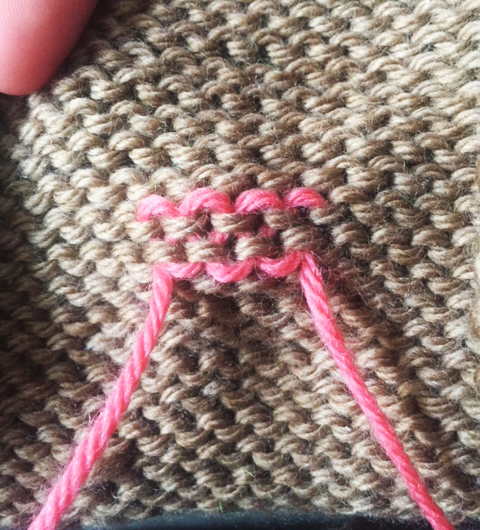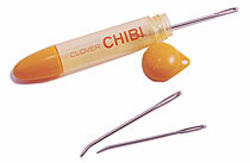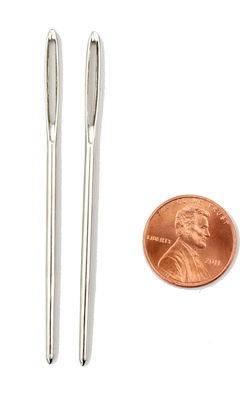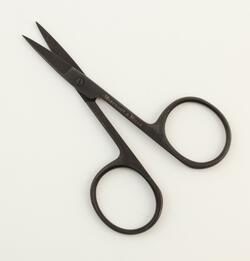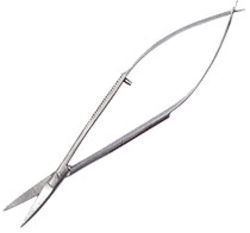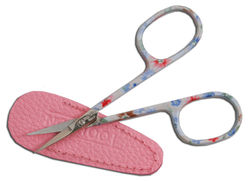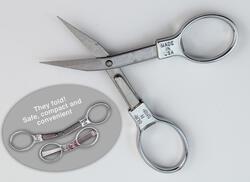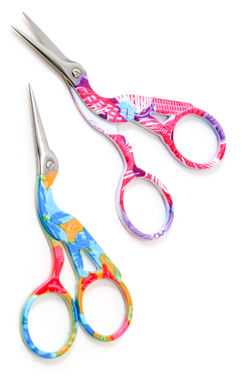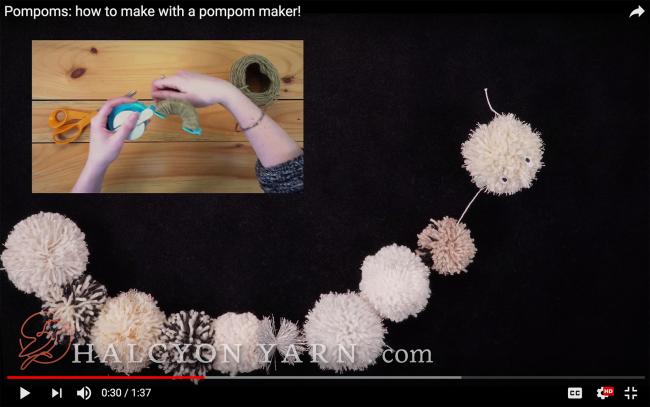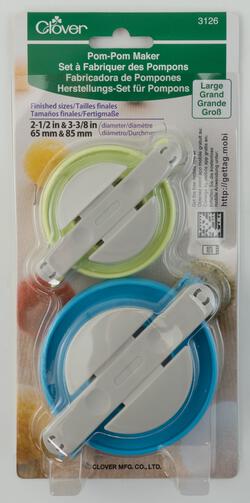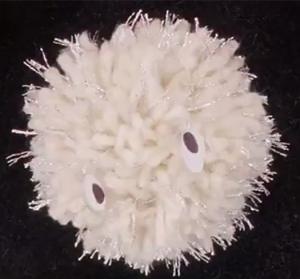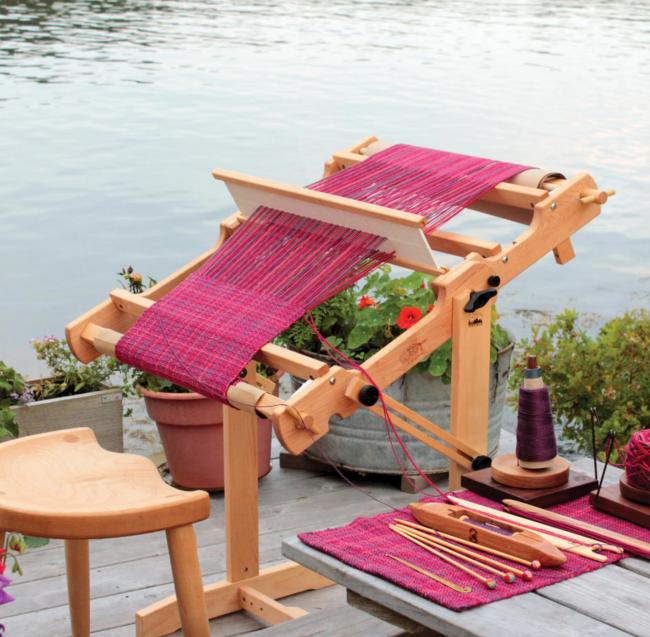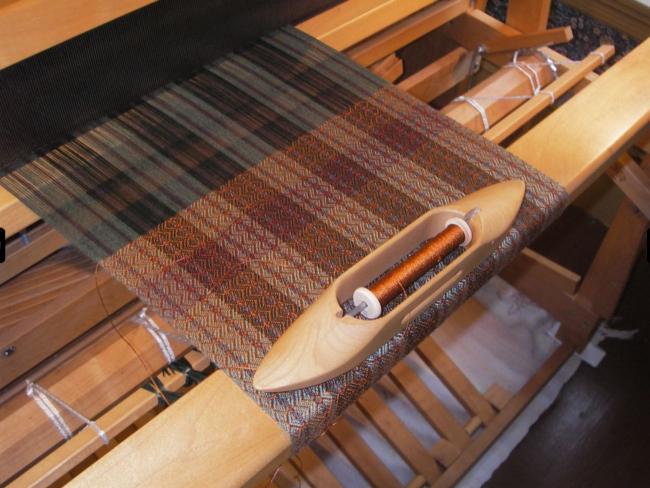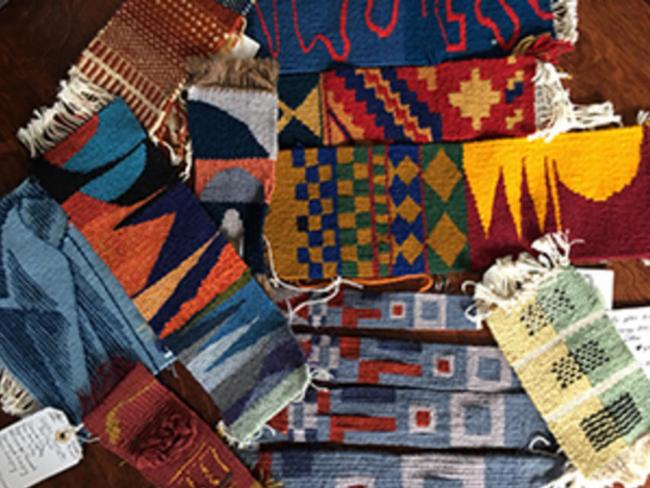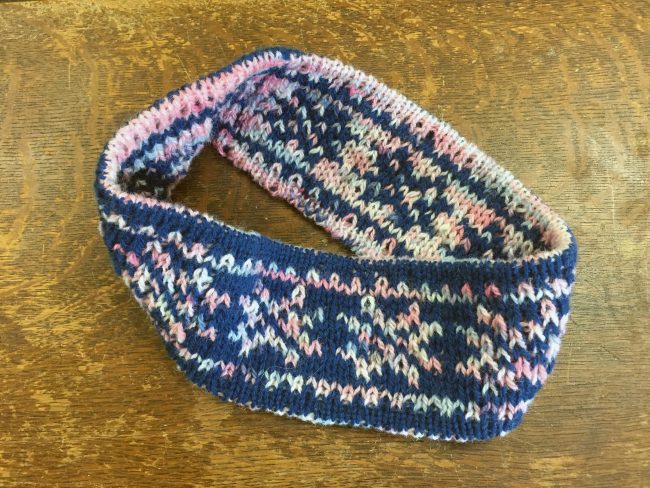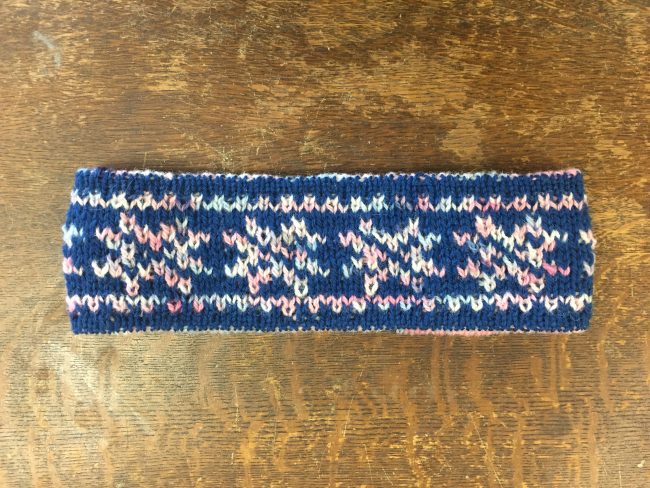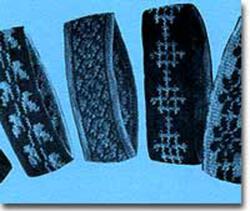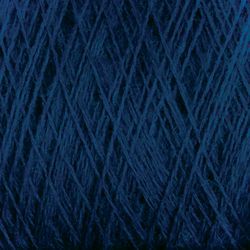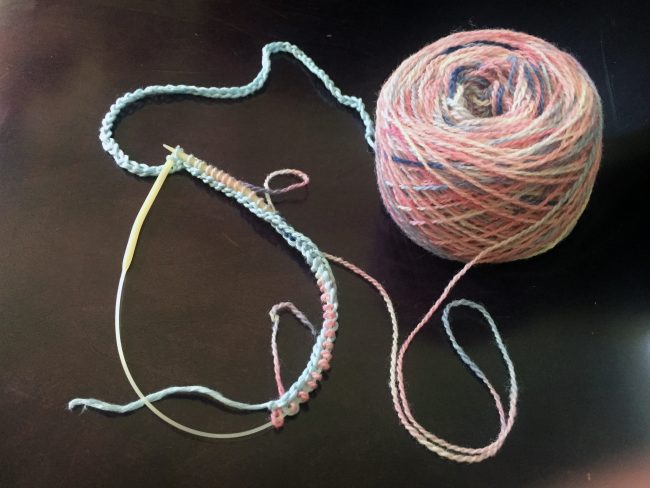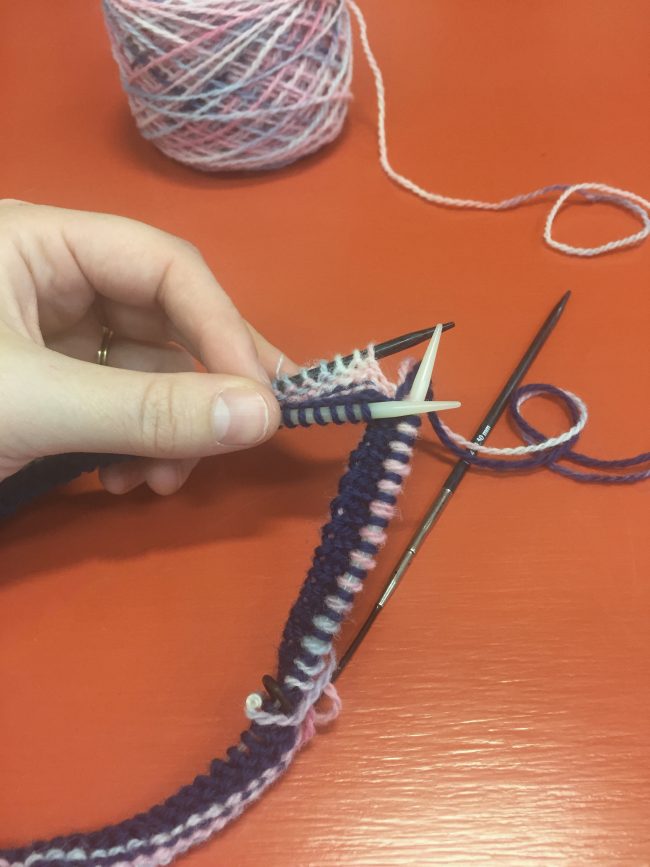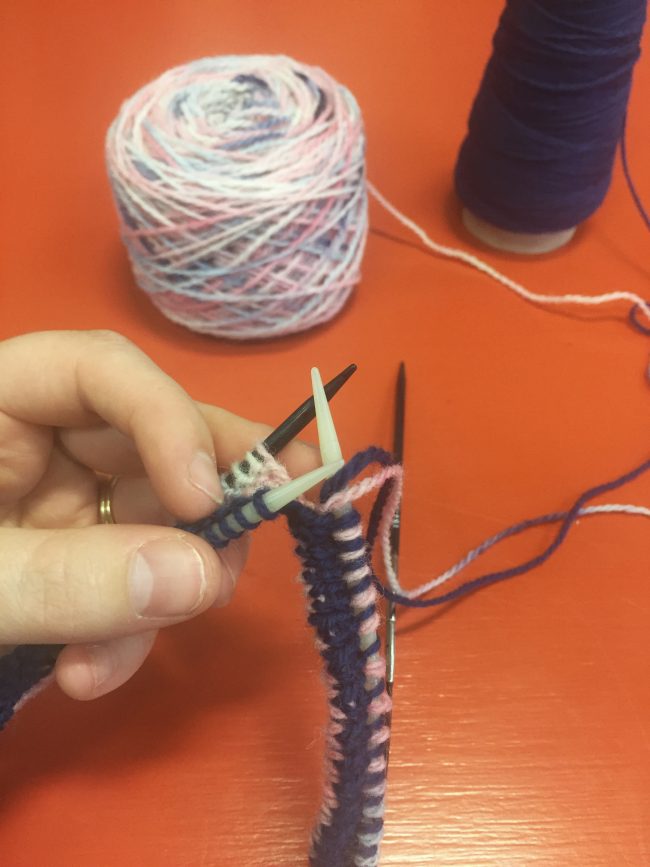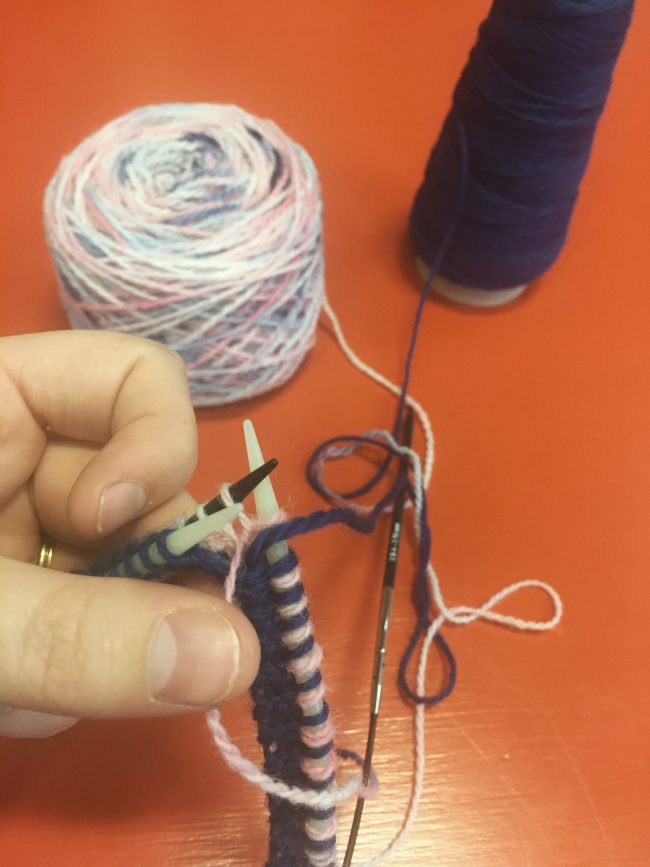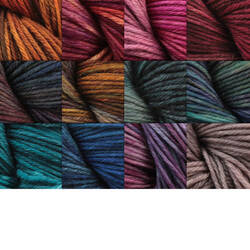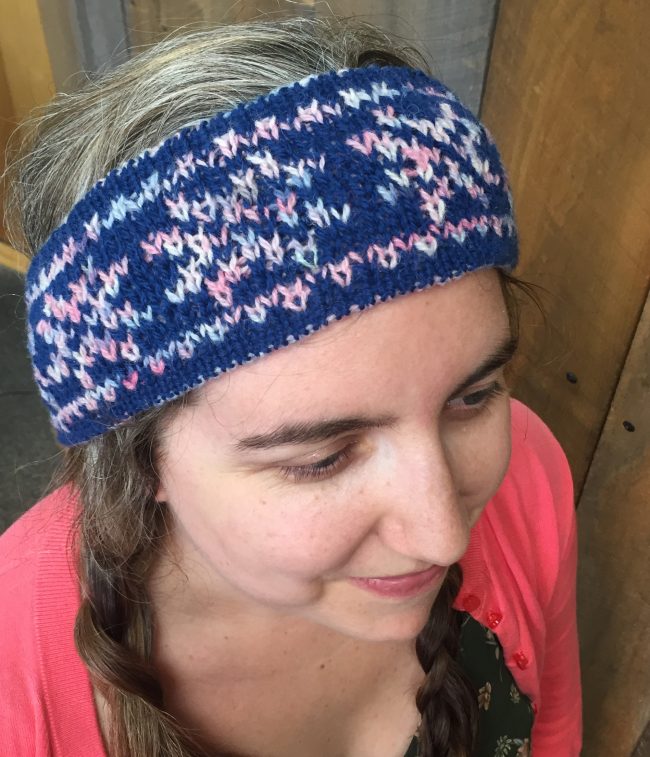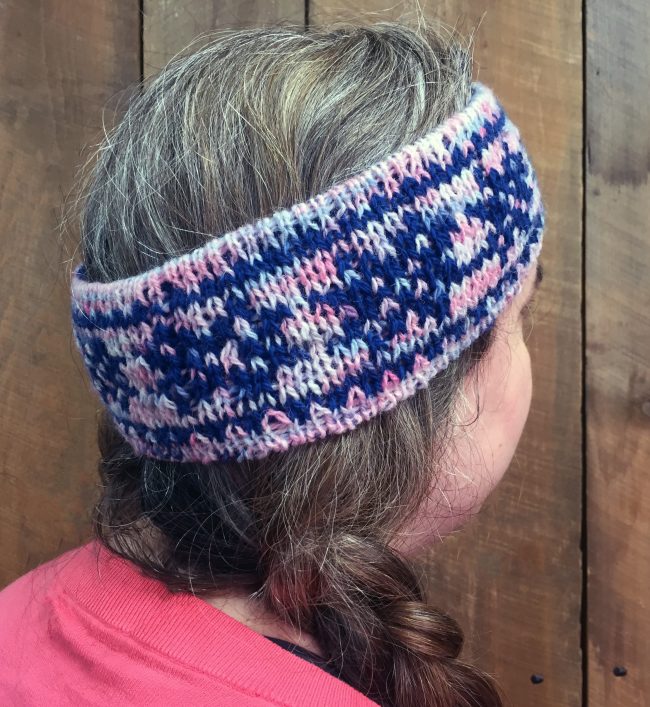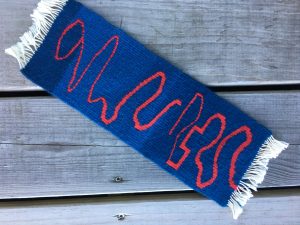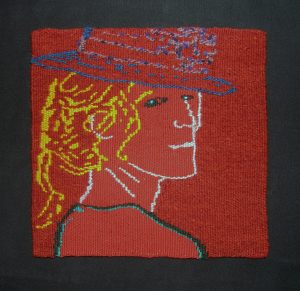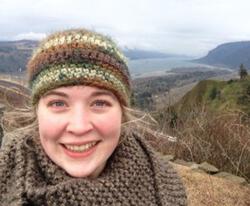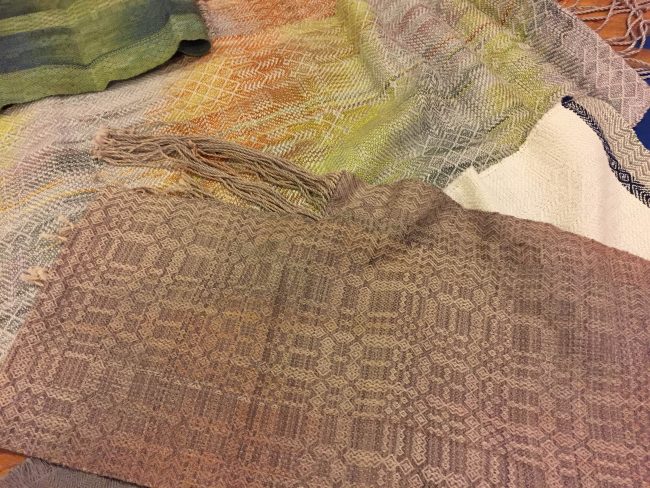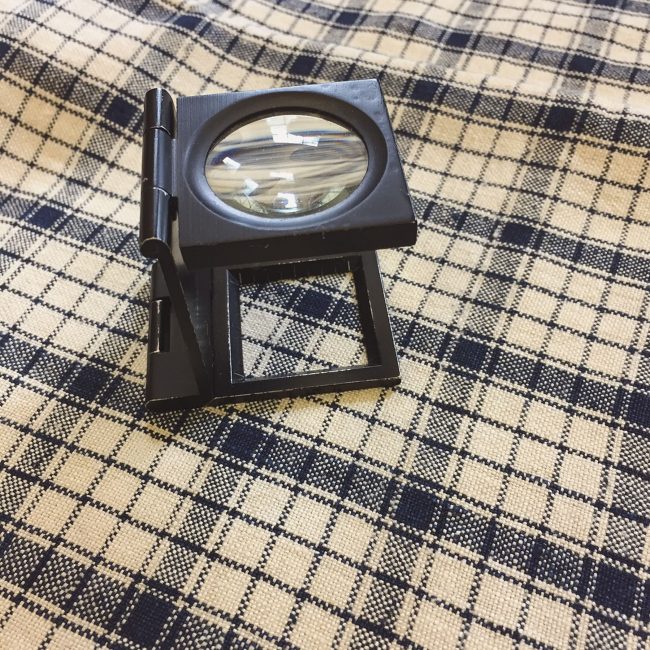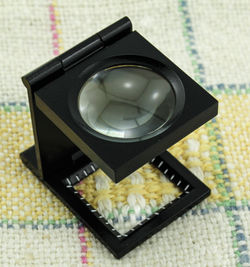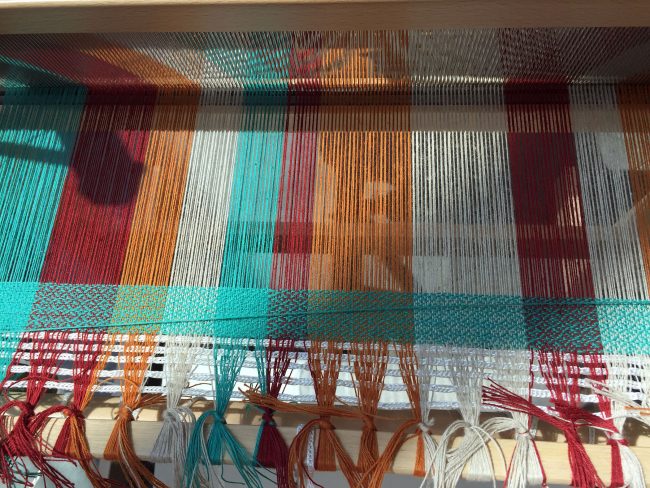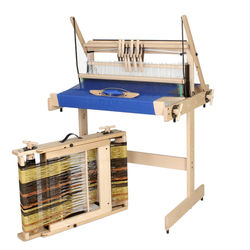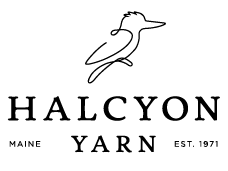Happy New Year!
The holiday projects are done and now you finally get to pick something for yourself (or if you’re like me you are still finishing your mom’s gift). Let’s make 2018 a great year to get crafty and take your fiber arts interests to the next level. Last year, here at the store we did some big renovations to make more room for yarn and tools, and to make it a more comfortable space to come in and get help, browse our unique selection, or just hang out. We’ve got more treats in store for the year ahead!
If you haven’t been by the shop for a while there’s plenty to check out, and there’s plenty of space to bring a project and just sit and knit or weave away an afternoon surrounded by inspiration… Remember, we’re now open 7 days a week year round!
Monday – Friday: 10am – 6pm
Saturday: 10am – 4pm
Sunday: 11am – 4pm
We also host free drop-in groups that you’re welcome to join at your convenience:
Monday Night Knitters 6:00pm – 8:00pm
Tuesday Twisted Spinsters 10:00am – 2:00pm (feel free to bring a lunch too!)
Weave Share Third Wednesday of each month at 6:00pm (starting again in February)
Please call or email with questions, or just pop in!
Did you catch our new commercials?
There’s nothing like a handmade project for spending time together, or the thoughtfulness of a handmade gift, but sometimes it can be intimidating to get started – we want to let everyone know there’s something at Halcyon Yarn for everyone, every craft, and every skill level, and we’re here to help. We made some new commercials this winter to give you a glimpse into the shop and some of the talented and friendly folks (and families) that work here. Let us know what you think! We welcome you to stop in and let us help you make something special, for someone special!

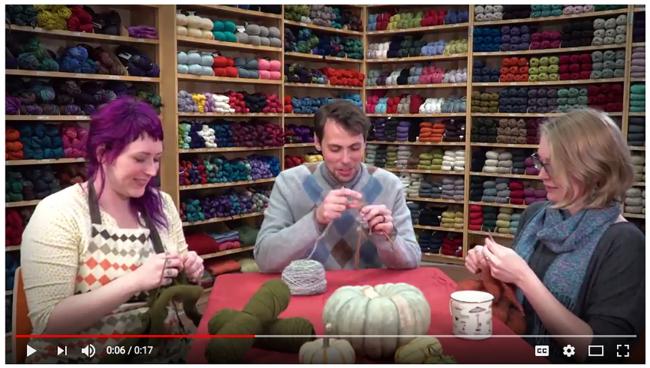
Mid-Winter Classes
Perhaps your New Year’s Resolution is to try something new? Or maybe you’re looking to perfect some skills that have been collecting dust. Why not check out our upcoming classes? We’ll be adding more soon, so if you don’t see something you’re looking for certainly stay tuned as we’ll have more rigid heddle, weaving, knitting and crochet classes coming later this winter and spring, plus fun events are in the works already for summer! If you’re visiting from a little further away, check out more about the Bath, Maine, area here: visitbath.com
January 26th – 28th, Friday – Sunday, 9:00am – 4:00pm
Have you ever wanted to try tapestry weaving, but didn’t know where to begin? Or, perhaps you’ve tried it on your own and are ready for some help. In this intensive, three day workshop you’ll learn the fundamentals of tapestry weaving. You’ll be guided step-by-step through various techniques while exploring the creative possibilities of tapestry weaving. Beginner and intermediate levels are welcome, but no previous weaving experience is necessary. Check out the video below for a look into one of the Beginner and Beyond classes here at Halcyon!

Two Consecutive Saturdays: February 3rd & February 10th, 10:00am-2:00pm
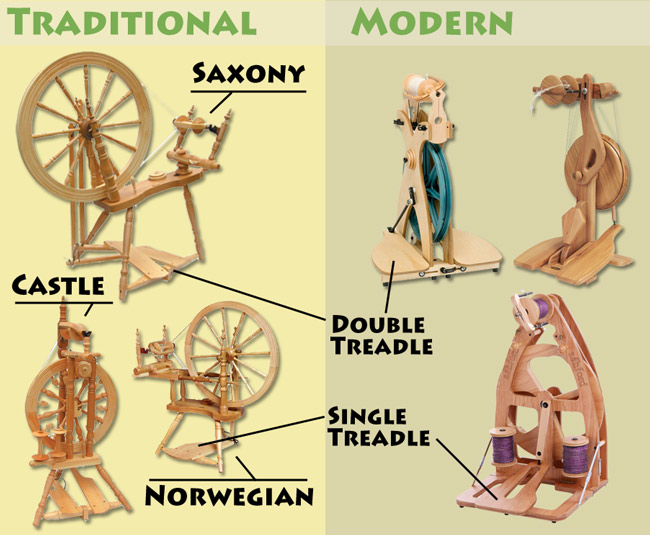
This is a two day class for anyone ready to learn how to spin on a spinning wheel. Class meets on two consecutive Saturdays, and no experience is needed. Materials provided.
You may rent a spinning wheel from Halcyon Yarn for the duration of the class, or bring your own in good working order. Rental fee is $30.00 and may be applied to the purchase of a wheel within 30 days. Please talk with us when you register to determine which wheel you’d like to use, rentals must be arranged prior to the start of class.
February 23th – 25th, Friday – Sunday, 9:00am – 4:00pm
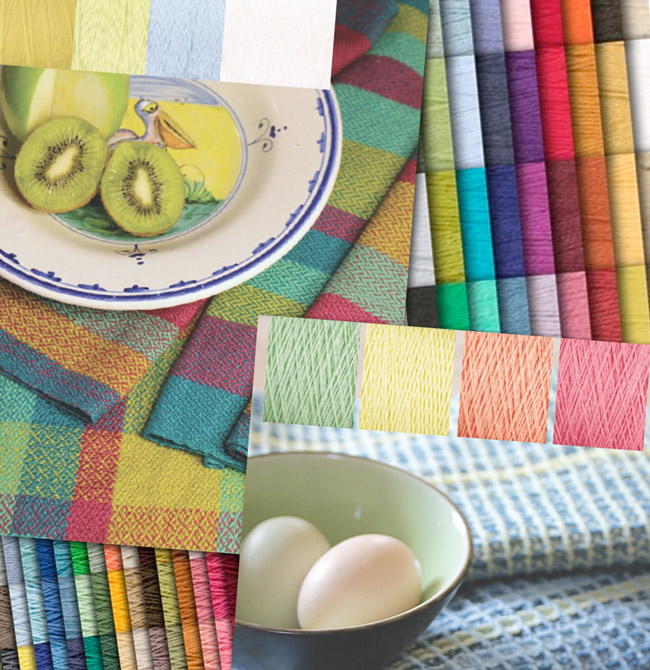
This is a project based class designed to aid students in reviewing and consolidating skills acquired in a beginning weaving class. Students will weave two or more dish towels in a weave structure and color-way of your choice (kit materials will be provided). You will be using Halcyon Yarn designed patterns for twill, plain weave, or waffle weave towels. Participants should have some weaving experience and/or have taken a beginning weaving class. Students should be familiar with the basic warping process as they will be winding the warp for their project at home before the class. Detailed instructions on making the warp will be included. Each student will warp and weave their projects on one of the classroom looms. Students are welcome to bring their own loom if they would prefer, please let us know when registering so that we can coordinate with you to set it up prior to the class.
Saturday, March 3rd, 10:00am – 2:00pm
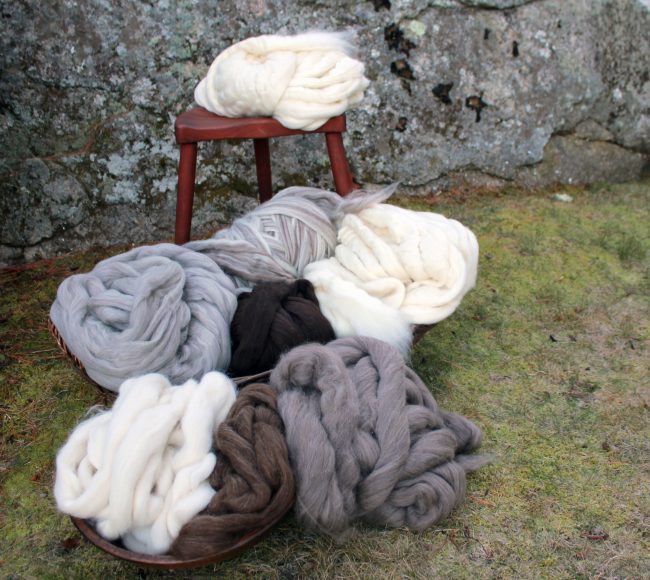
Do you understand the basics of spinning? Are you ready for the next step? Do you know the difference between woolen and worsted spinning? Semi-woolen and semi-worsted? Roving and top? Twist and grist? Balanced and unbalanced skeins? This workshop will cover all these topics so you will be able to advance your spinning skills and spin the yarn you want! Have all your questions answered and trouble shoot technique in this hands-on class for those with some basic spinning experience who’d like to take their twist a little further! Experienced spinners will find Linda’s knowledge helpful and very in-depth, so this is a great refresher class too!
Saturday, March 10th, 10:00am – 4:00pm
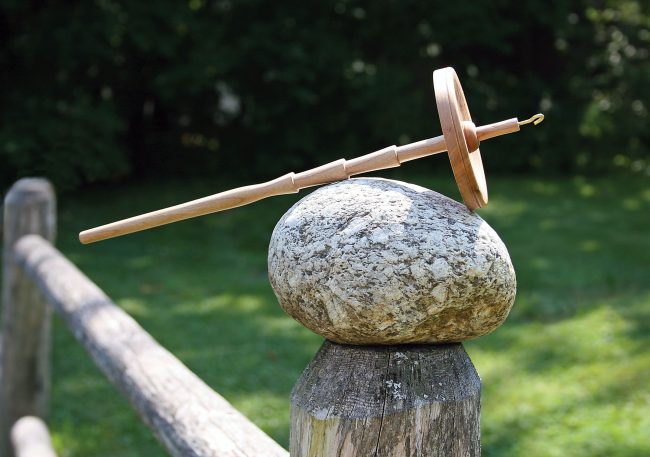
Spend the day learning how to spin yarn on the drop spindle! This introductory class will spend the first hour teaching you the basics of how to use the drop spindle… it’s really that easy. Then spend the rest of the day learning great tips and techniques for how to spin the yarn you want. You will draft single and two ply yarn using both plant and animal fibers. Learn how these fibers behave differently as they are spun and made into fabric. Control color in your spinning during carding, drafting, and plying. You will “finish” the small skeins that are made during the class and leave ready to keep on spinning on your own!
For more information please visit halcyonyarn.com or call us at 800.341.0282, we hope to see you here soon!
A little housekeeping…
You’re receiving this email because you signed up for our Regional Email Newsletter. We send this out about once a month when we have news to share regarding activities that are happening in the store, or that may be of interest to the local/regional fiber arts community. If you know of something that’s going on nearby that may be of interest to fellow fiber folk, please let us know! Please let us know if there are topics you would like to learn more about or features you enjoy, we want to make this a valuable and fun resource for you so your feedback is welcome.
We also send a more broad ranging email newsletter a little more frequently (about once a week), with content that’s separate from this local newsletter. The regular Email Newsletter covers everything from new products and special offers, to tutorials and how-to videos, as well as our favorite fiber art inspirations and musings. If you’re not already, we hope you’ll sign up for that as well so you never miss a !
You can unsubscribe (although we hope you won’t!) or manage your subscriptions at any time. We absolutely never sell, rent or share your email address or other information to any outside parties, we’ll only ever use it to communicate with you directly and securely.
You can also find us on Facebook, Instagram, Ravelry and Twitter. We love to see and share what you’re working on so please tag us when you share your projects!
Thank you for being a part of the Halcyon Yarn community – we look forward to staying in touch in 2018 and we wish you happiness, good health, and plenty of yarn!
